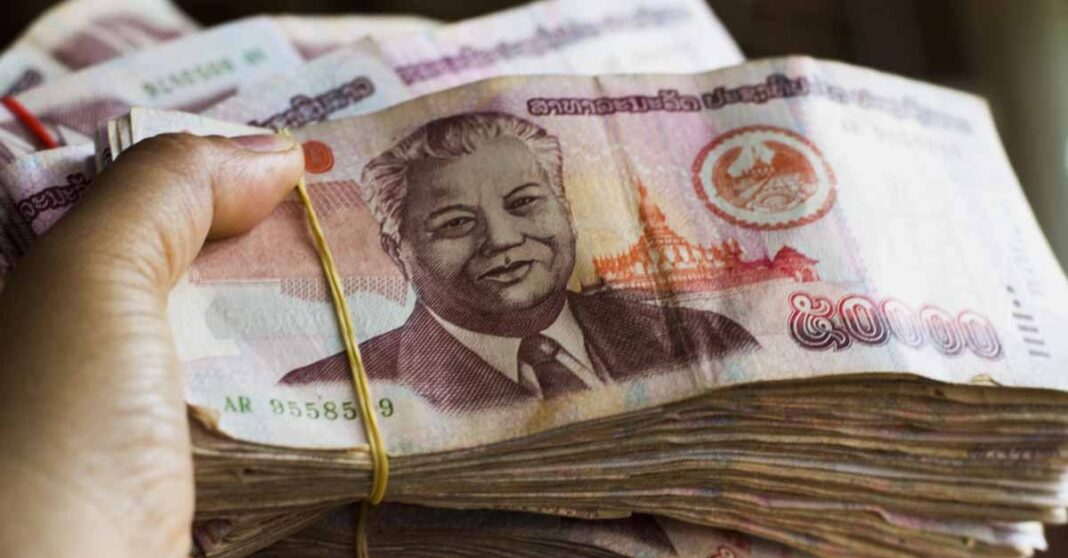Laos’ year-on-year inflation rate increased to 8.5 percent in March, the highest recorded in some years.
According to information provided by the Bank of Laos, inflation has now reached a five-year high after reaching 10% in January 2016.
The main drivers of inflation for Laos, which has one of the highest rates of inflation in Southeast Asia, are increases in the prices of important commodities such as oil and other imported items.
The government of Laos has been forced to raise fuel prices nine times since the beginning of the year, citing the conflict in Ukraine as a major cause of global volatility.
While urgently attempting to find a solution to control prices, Laos may take steps such as reducing the Valued Added Tax (VAT) for fuels and reducing stocks of fuel reserves.
The government held a special brainstorming conference on Wednesday to try to find a solution to the problem of rising oil costs, with Finance Minister Bounchom Ubonpaseuth saying that scrapping excise tax was not off the table.
Some good news for the weekend with the #fuelprice reduced slightly! pic.twitter.com/4vN444czAE
— The Laotian Times (@LaotianTimes) April 8, 2022
On the same day, an emergency session of the National Assembly was held to try to find solutions to the country’s growing fiscal woes.
The steady depreciation of the Lao kip is also making it more difficult to curb inflation.
Fiscal and economic difficulties amid the Covid-19 pandemic and the country’s swelling debt burden were declared a National Agenda item by the Central Committee of the Lao People’s Revolutionary Party last year.
The World Bank recently downgraded its initial prediction for Laos’ economic growth rate from 4.5 percent to 3.8 percent for 2022.



